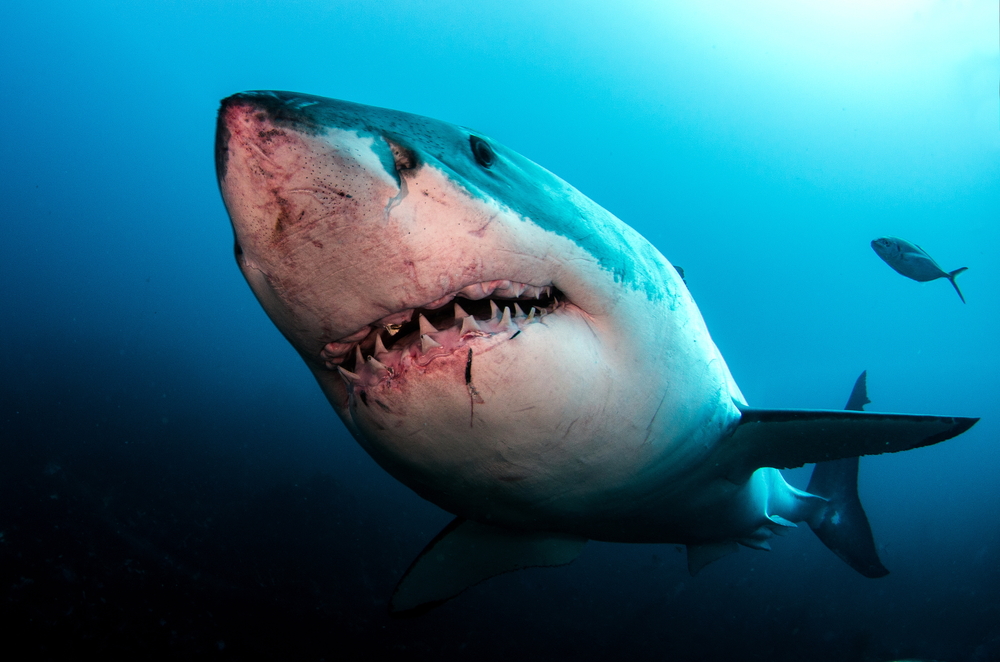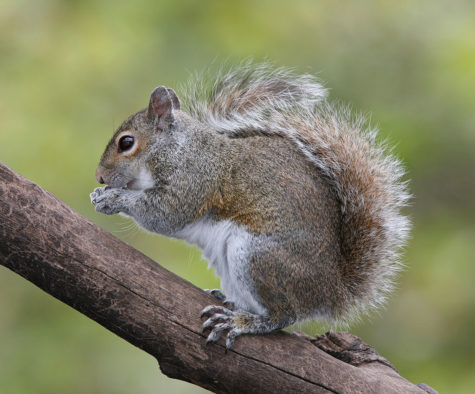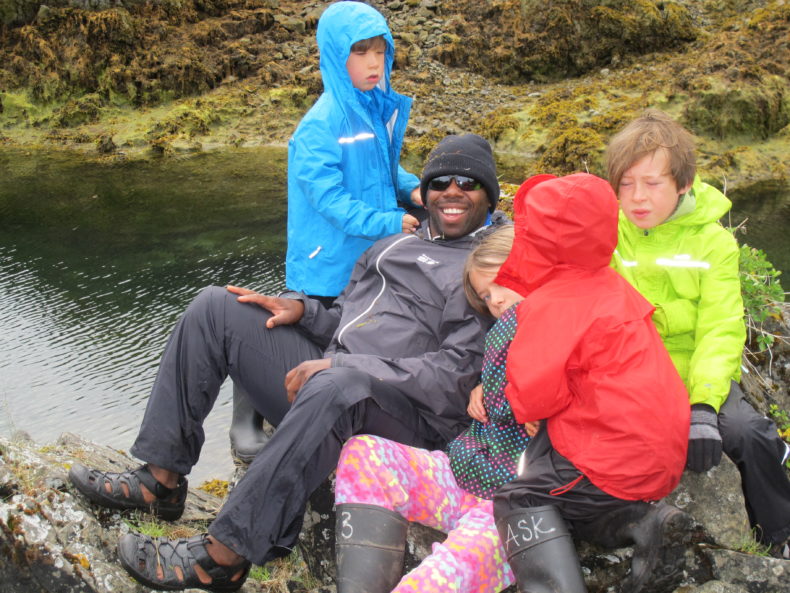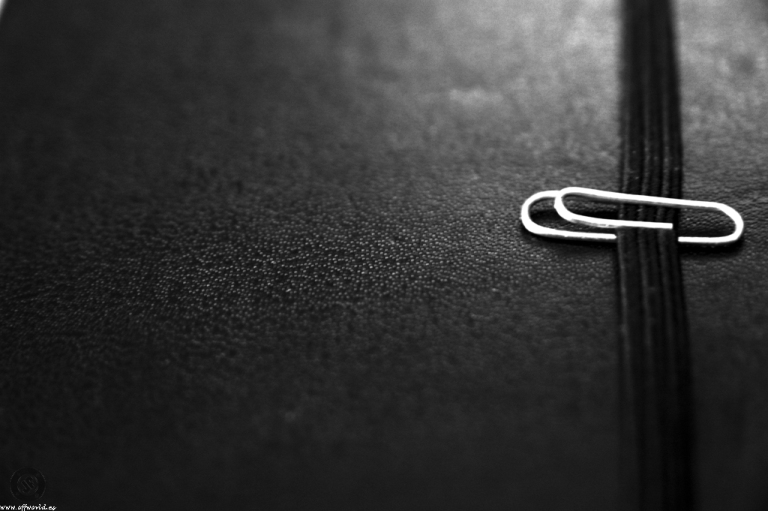
This week at LWON we’re digging into the archives to celebrate the uncelebrated: inanimate objects. Many of them aren’t very impressive inanimate objects. And yet we love them.
In December 2014 Nell Greenfieldboyce explained her obsession with paper clips. If you’ve ever worried about the feelings of an inanimate object, or thought about how amazing it is that a manufactured thing in your hand started out as raw materials in the ground–or if you haven’t ever done these things, this essay is for you.
The trouble is, once you start seeing paper clips, you can’t stop seeing them. My obsession with lost paper clips started years ago, when I resolved to start gathering coins. I’d read some article that argued that only a fool would walk past free money and that taking a second to collect a coin meant that, at that moment, you’d be making more than minimum wage. I started scanning the ground for nickels, dimes, or quarters, but hardly ever found any. Instead, I saw the metallic flash of paper clips.
Photo: JF Sebastian, Flickr
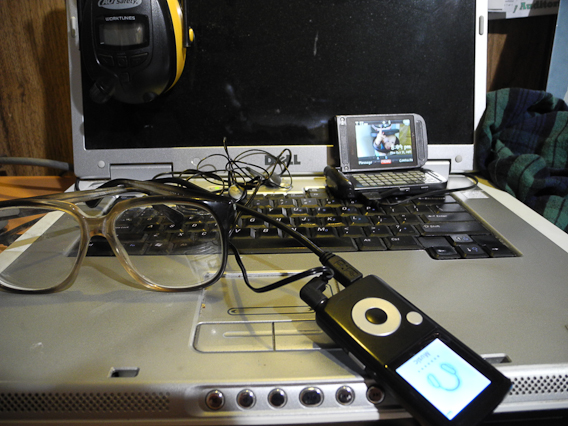
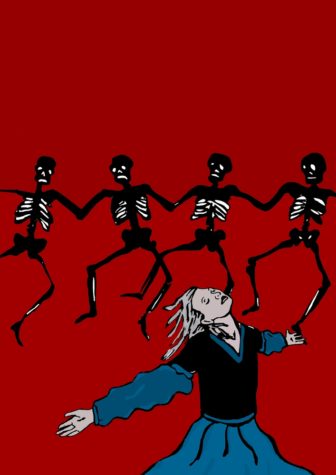
 If you read my post earlier this week, you’ll know that I did this fantastic science fair project back in the 7th grade. In fact, when it comes to science, I might have peaked in middle school—which is pretty sad. But I peaked in a big way with that bone-growing experiment.
If you read my post earlier this week, you’ll know that I did this fantastic science fair project back in the 7th grade. In fact, when it comes to science, I might have peaked in middle school—which is pretty sad. But I peaked in a big way with that bone-growing experiment. 